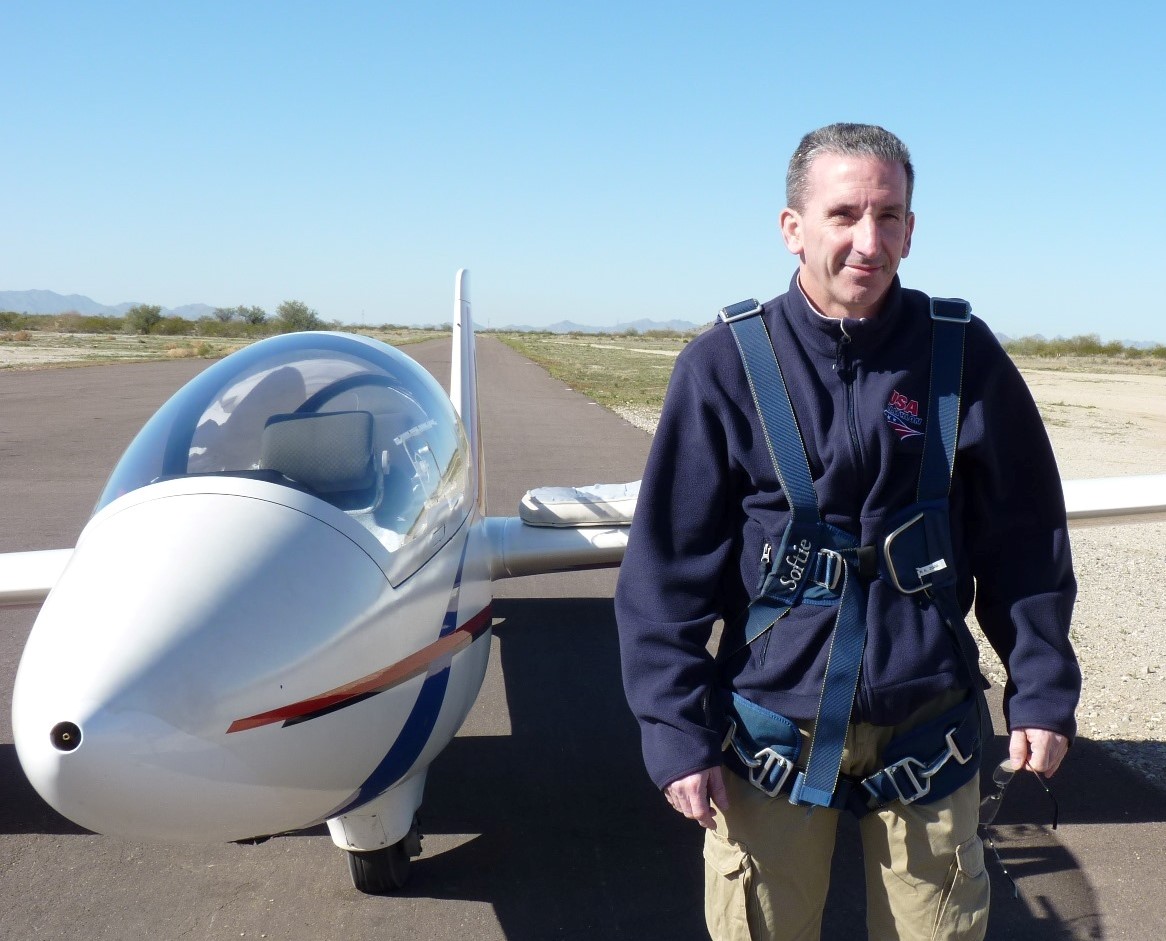By Keith Doyne, IAC 10545, IAC Safety Program Chair

Let me start by categorically stating…the technical inspection at an IAC sanctioned contest or practice day is not an annual or conditional inspection. If you have any doubt, the Tech Inspection form is available on the IAC website and clearly states at the top “NOTE: The Technical Inspection comprises a thorough “walk around” and is not a condition inspection. Proof of a current Annual or Condition Inspection is considered adequate evidence of compliance with all applicable regulatory inspections, AD’s and Service Bulletins. Removal of cowlings, inspection plates, etc., will not be required unless there is obvious evidence of an underlying problem.”
The technical inspection is an IAC requirement to compete in a sanctioned event. Each competitor and their associated aircraft go through this inspection. For someone focused strictly on the competition, this requirement is simply viewed as another step or “check in the block” to be completed before being able to practice and compete at the contest. It should be viewed as a great opportunity for another set of eyes to look over your paperwork and your aircraft. Loose objects in the cockpit, foreign objects in the aircraft tail section, and parachutes needing re-pack have been the most common finds that I have encountered while conducting technical inspections.
The technical inspection covers two basic areas, paperwork and aircraft. The paperwork part is straightforward. The FAA requirement for airworthiness, registration operating limitations, and weight & balance must still be met. Additional paperwork is required to show the insurance is current, the parachute has been repacked with in the last 180 days, the aircraft has a current annual or conditional inspection, and as needed, a current FAA medical. Each competitor is required to show a pilot certificate and current IAC membership card. The technical inspection form clearly identifies which documents do not have to be originals. Some competitors are very prepared with the copies organized in a soft binder. In some aircraft, the registration and airworthiness certificates are not easily removed. If the documents are visible and can be read, then there is absolutely no need to remove them. I had this issue with several factory Pitts Specials over the years. The most common problem was trying to remember where the parachute manufacture hid the rigging card, then followed by, the parachute needed repacking. Some contests are lucky to have a parachute rigger available to remedy this problem, or the pilot will have to borrow a current parachute. If the pilot is well organized, this part of the technical inspection goes quickly and is easily done.
The second part of the inspection is the mechanical condition review or the “walk around” as stated above. The items listed on the mechanical condition section of inspection form reads like a thorough pre-flight or post-flight checklist. This part of the checklist starts with checking the cockpit area, which has the greatest number of small places for items to hide. If the airplane has lexan floor panels, this will give the technical inspection a great view from the bottom up. This is a great time to check the control freedom of movement, and using a flash-light, look down the inside of the fuselage towards the tail for any loose objects. NOTE: Gliders are assembled at the contest site. The wing attachment bolts should be checked to make sure they are secure and in proper place. The Fox aerobatic glider has red latches that spring into position when the bolts are seated correctly. A big “Thank you” to Laura Radigan for showing me this at Nationals. When taking a closer look at the ailerons on biplanes, you can check the play in the slave strut by holding one aileron while checking for movement in the other. A big “Thank you” to Ron Chadwick for sharing this tip with me at one of the IAC Chap 58 contests. Even though the form does not list it, aileron spades should be looked at for looseness and cracks. This is also a great time to check the bottom side of the wing as well. When the “walk around” reaches the nose of the aircraft, you will notice there are ten items on the inspection list that need to be checked. Checking for propeller, cowl, oil and fuel leaks, lose or cracked exhaust will send the inspector into contortionist mode. They are trying to look through any, and all cowl openings to get a good look. Let’s not overlook or forget the brakes, tires, or wheel pant checks. Lastly, the tail of the aircraft still needs to be checked. It also happens to be the location that attracts every loose object. The tap test down the fuselage will help locate those loose objects. I have personally found pens, pencils, coins, maps, and small hand tools in the tail of competition aircraft. In a Facebook post, a Pitts pilot found their car keys in the tail of their plane after a flight, and a respondent to that specific post, had found a small pad of paper and several pens in the tail section of their Pitts. With the rudder and elevator controls in the tail of the airplane, the last problem any pilot needs are jammed controls.
When the competitor arrives at the contest, they unload the plane and head over to the registration. There is a lot of activity going on, and the focus is on the contest. The technical inspection is a chance to pause and reset from the frenzy of the contest practice/registration day. It is also the perfect time to have that someone take an objective look at your aircraft. I hope everyone has safe and fun competition year!
Fly safe, Keith

